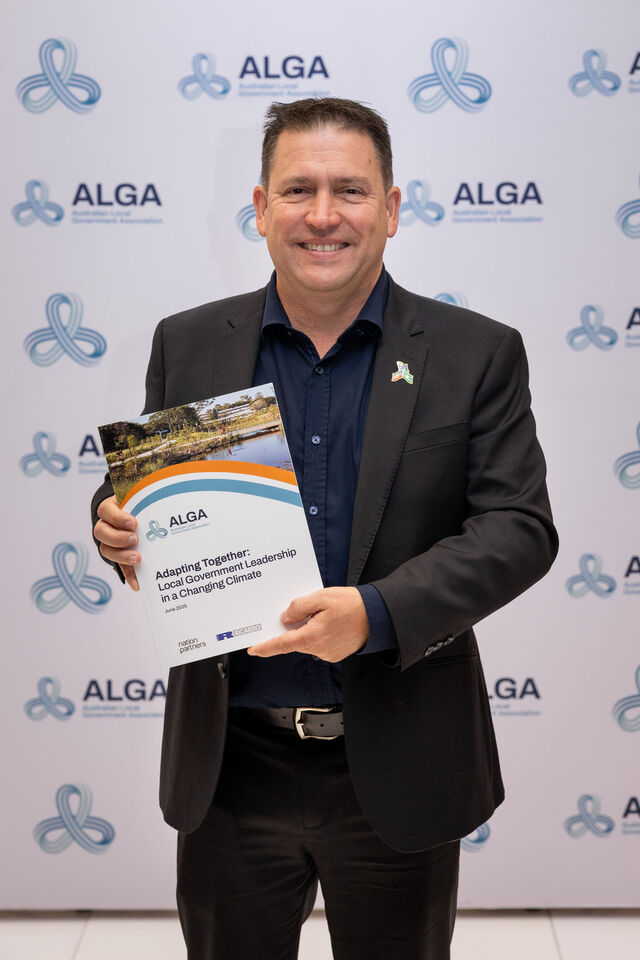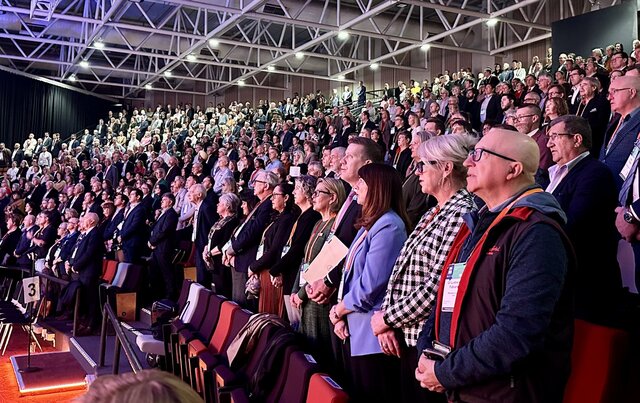The UK Experience by Malcolm Morley*
One weekend in March, hundreds of cars and spectators turned up in Harlow, blocking carparks and roads. This wasn’t an organised event but an unauthorised car cruise.
Car cruises generally attract young men aged between 18 and their mid twenties, with their turbo charged cars and adaptations, particularly to sound systems and engines.
They choose a place to congregate and show off their cars and they cruise up and down normal streets with ear shattering volumes of music blaring out.
They display varying speeds and driving techniques, trying to impress any who might be watching.
The event in March resulted in a huge amount of disturbance for local people and left a tremendous amount of litter to be cleared away.
While there were no reported major accidents, there were considerable concerns about risks to health, safety and so forth.
While dealing with the car cruise cost money and created problems, the key question was, how did so many people know about the event to enable them to turn up?
The answer was simple – a social networking site.
Armed with this answer, Council now monitors all social networking sites for references to Harlow.
This has already resulted in another car cruise event scheduled for April 2010 being detected from an advertisement on Facebook.
The early detection enabled Council to apply for, and be granted, an injunction to prevent the event from taking place.
Nuisance to local people was prevented, as were risks to health and safety. The costs of clearing up after the event were also avoided.
In addition, the police and Council did not have to devote significant numbers of staff to controlling the event.
All councils have difficulty reaching some demographic groups, particularly the 18 to mid twenties age range. But social networking sites could be part of the answer.
This has been confirmed by the General Election in the United Kingdom.
The three men who would be Prime Minister held the first of three televised debates on 15 April 2010.
This was a first for the UK and it received huge interest.
Coincidentally, the deadline to register for voting was 20 April 2010.
The Electoral Commission placed an advertisement on Facebook about registering to vote with a click through to its site. It placed the advertisement straight after the first debate and resulted in a significant increase in the number of forms being downloaded to register to vote.
The message is clear. Councils have to both become more aware of what’s on social networking sites and use them to get their messages across.
To be successful, though, requires three things.
The first is to understand what’s interesting to the target audience. The second is to communicate in a way that the target audience will relate to, and the third is to ensure that whatever is communicated can be followed up in practice. If it says something can be downloaded or there’s a link to something, it has to work.
In this internet enabled world, councils must ensure that they use every channel to communicate in ways that are relevant to their target audiences.
*Malcolm Morley is Chief Executive of Harlow District Council and can be contacted via the Editor, email info@lgfocus.com.au The views expressed in this article are not necessarily those of his employer.







